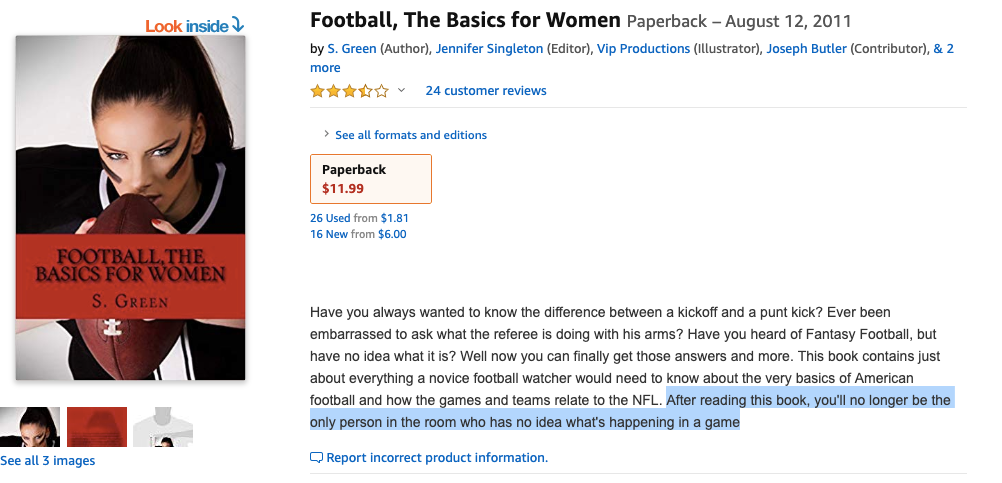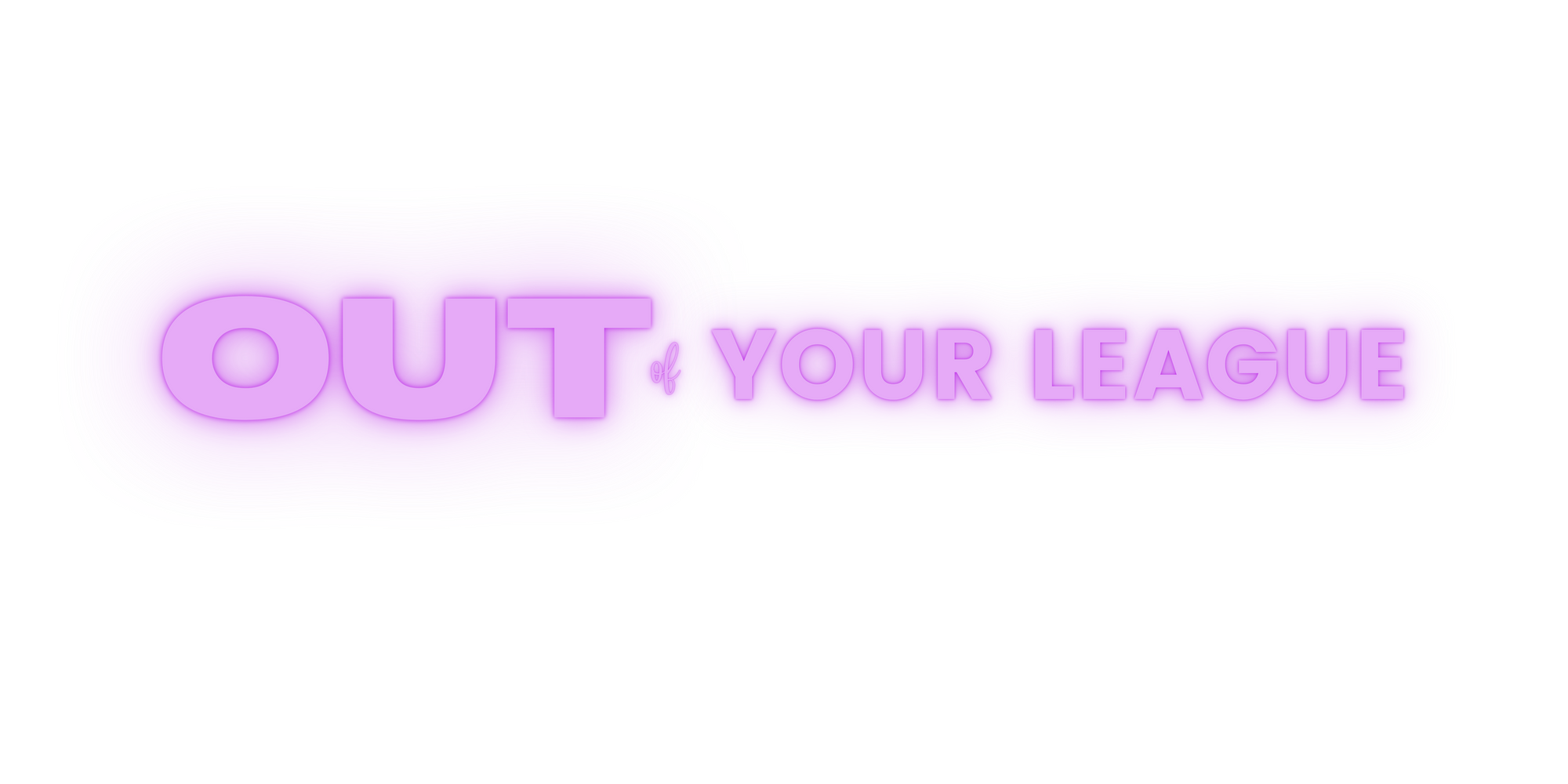hi, i'm writing a book!!!
i'm terrible at keeping secrets so i'm glad i finally get to tell you

When I was little, I used to walk the aisles of bookstores and feel like I was surrounded by treasures. I would wander among the shelves and marvel at all the beautiful covers, read the names on the spines, yearn to know about the worlds and words contained within them. I devoured as many as I could, always wanting to read more, to know more.
I secretly dreamed about one day seeing my own name written on one of those spines.
Well, I have a little announcement to make.

WE HAVE BEEN SITTING ON THIS FOR SO LONG AND IT’S SUCH A RELIEF TO BE ABLE TO TELL YOU ALL ABOUT IT! The whole thing still feels incredibly surreal, but I’d like to tell you a bit about how this project came to be. It was a long process! As my agent joked, it is very much NOT like an episode of Younger.
In November 2017, I was working on a story for Bitch Media, where I was the sports and culture columnist at the time. It was about women’s tackle football leagues. Aside from the profile I wrote for espnW of my local Boston team, the Renegades, I didn’t have a lot of knowledge regarding the landscape of women’s American football. As a writer who likes to include historical context in my work, I began to look for a book to use as a reference and to ground myself in the history of the sport. I found the Women’s Football Encyclopedia, which is fantastic, but it’s more a resource of box scores and focuses mostly on the leagues that sprung up after the year 2000. There’s Jen Welter’s memoir, along with Amy Trask’s book. Both are important, but neither were quite what I was looking for.
What I did find, however, were some other books. They were all about American football and they were all “for women.” I began tweeting screenshots, highlighting pieces of the books’ descriptions. “For the modern chick;” “for anyone who has an interest in watching more of the game, but just can’t seem to completely grasp what is going on and why;” “while they [the men] cheer and argue play calls, the women in their lives are relegated to beer and chip detail;” “have you always wanted to know the difference between a kickoff and a punt kick?;” “after reading this book, you’ll no longer be the only person in the room who has no idea what’s happening in the game.”

My friend and fellow sports writer Lyndsey D’Arcangelo messaged me, joking, “We should write a book about women in football.” We laughed about it but the more we thought about it, the more it seemed like it would be a good idea. Lyndsey actually plays and writes about football and I… was a cheerleader in high school? No but seriously, What if we wrote a book about women in football?
Around the same time, I offhandedly mentioned the idea to another sports writer friend of mine and she said she thought her agent would be really into the project. She put us in touch with JL Stermer at New Leaf Literary, who would become our agent and bring an incredible enthusiasm for us and our work to this project. JL has been our biggest champion and cheerleader from day one, and for two writers who have never written a non-fiction book proposal before, JL never made us feel silly or out of our depth.
Suddenly, the project that started as a joke over Facebook messages was becoming incredibly real.
We spent a couple months working on a proposal that was a little bit like the football version of Jean Hasting Ardell’s Breaking Into Baseball, essentially a history of the many women who have made their mark on the game, whether they were on the field, coaching on the sidelines, refereeing, or sitting in the stands. We went out on submission. We got lots of responses. They were lovely. They were glowing. They were complimentary of both us as authors and of the subject matter itself. They were all rejections.
The biggest bit of feedback we got from editors was that there was no real narrative to the story, no thread to carry the reader through the book from beginning to end. We all — me, Lyndsey, JL — believed there was a story waiting to be told here, and we all felt like the time was right for a women’s football book. At around that same time, I was doing the research that would lead to my Longreads story about the Toledo Troopers, members of the National Women’s Football League and the winningest pro football team of all time.
I quickly realized that that was our book. Lyndsey started doing her own digging and agreed. Not a book about the Troopers, specifically, but about the women all over the country who were putting on pads and helmets and defying expectations. There was so much untold history, so many players who had never been interviewed about their time playing in the league. And with the majority of the players now in their mid-60s, now was the time to do it. Wait too long and the chance to document their stories is gone forever.
Lyndsey and I rewrote our book proposal, looking to books like Code Girls and Hidden Figures as our guide when it came to figuring out how to frame the story we wanted to tell, and to anchor our belief that there is a market that is hungry for women’s history stories. We were also buoyed, timing-wise, by the fact that Jeff Pearlman’s book about a football leauge, Football for a Buck, had recently spent time on the NYT Bestsellers list, helping us make the case that there was an audience for a book like ours (thanks to Jeff for fighting for as long as he did to get that story told! His work opened the door for ours, in a way).
We have always seen this book as about more than just sports, and and we always felt the audience was much broader than just sports fans. We focused on all the intersecting stories we’ll be able to tell: of women who played football at a time when women “didn’t do that sort of thing,” of how this football league fits into the women’s liberation movement, of the queer history that flows through many of the stories.
We went back out on submission and knew immediately that this time was different. An editor scheduled a call with us, and then another and another and another and another. We had hoped for a single offer; instead, our book went to auction and we had five. It was the most validating experience in the world, especially after our first proposal didn’t sell, to hear from people who understand and believe in a project you’re so passionate about.
In the end, we chose to go with Remy Cawley at Bold Type Books. We are thrilled to be able to work with an imprint that publishes stories that make an impact and that publishes so many writers that we admire and respect. From our first call, Remy had an innate understanding of what we wanted to do with this book, and embraced our desire to tell the story of these women through a lens that incorporates historical and cultural context.
On a personal note, I couldn’t be happier to be writing this book with Lyndsey. She is one of the best writers working in sports right now, and a profile writer that I try to emulate in my own work, so it’s a privilege to get to collaborate with her on this project (and to have someone to split the research and reporting with because, uh, there were 14 teams lololol). I just feel like the luckiest person.
(I do want to note that the process of having to ask well-known writers that you don’t know very well for advanced blurbs or endorsement of a book you haven’t written yet is an incredibly terrifying and awkward process, so shoutout to the folks who were very cool about it and supported our project: Dave Zirin, Sarah Spain, Shea Serrano, and Doug Farrar, in particular.)
Now the fun (and hard) part begins: finding these women and getting to listen to their stories. We both started our interviews this week, and are still a bit giddy about the whole thing. I cannot wait to share them with the world.
